-
This is a sub type of plywood which is defined by its film on both sides that makes it resistant to corrosion attack, concrete and water. The grades and specification vary widely depending on the intended use and number of uses. The key variable are the core species, the type of glue and film used. Working properties It is the preferred choice for many applications due to its high wear resistance resistance to very aggressive environments, such as chemicals and high temperatures of upto 50 °C as well intensive water contact and fluctuating weather conditions. Other wiremesh film versions provides extremely high anti slippage features.
-
Panels with high gloss finish usually refer to one of three main product sub groups, Acrylic based, PVC (Poly Vinyl Chloride) or UV painted Melamine. These product tiers are generally categorized based on their shine, definition and mirror-like properties, as well as scratch resistance. Working Properties As MDF is the preferred and dominant base panel for high gloss panels, users will benefit from all the favorable features and characteristics of MDF. Woodworking professionals and users will need to take to avoid scratching the shiny surface especially for surfaces that are not anti-scratch by specification. It is not recommended for horizontal use for that reason.
-
This product presents some of the best properties due having plywood used as a core providing excellent mechanical and working properties in addition to wide range of colors and textures. Working properties The plywood core panel will guarantee the durability and excellent machining. High durability provided by the HPL surface which will make it suitable for some of the most abrasive applications. It is a very heavy duty product.
-
These are panels are laminated with resin-impregnated melamine paper. These panels are available using different core panels from MDF, particleboard, plywood and blockboard Working Properties Different working properties apply depending on the core panel used in the Melamine faced panel. However Melamine faced panels have become increasingly the go to option for manufacturers, carpenters and designers due to the exceptionally broad range of colors, designs and textures with matching edge-banding. Additionally, there have been consistent and rapid improvements in the durability and resistance of these finished panels, as well as innovations in the textures allowing them to mimic real veneer and beyond.
-
Doorskins are moulded panels, they are made starting with a flat HDF or MDF doorskin that is conditioned with resin, pre-heating, and then pressing the flat sheet between a pair of heated plates in order to transform its shape. The press continuously closes to achieve the molded skin, with the rate of pressing affects the hardness of the final doorskin and achieved the pattern desired. The panels can be painted. Working properties: They are primed for surface protection and can be painted and finished in a variety of ways to achieve the desired look and feel. Assembled using core panels such as Tubular particleboard with foam to give the door strength and stability.
-
Similar to Melamine MDF, these panels allow for cost saving when applications are not abrasive and usually preferred to be vertical. These panels come in an array of colors and decors however do not provide textures and finishes are offered by Melamine of PVC covered panels. Working properties As the core panel used is MDF, users will enjoy the characteristics of MDF from smoothness, precision in size and ease of use and machining.
-
Doorskins are moulded panels, they are made starting with a flat HDF or MDF doorskin that is conditioned with resin, pre-heating, and then pressing the flat sheet between a pair of heated plates in order to transform its shape. The press continuously closes to achieve the molded skin, with the rate of pressing affects the hardness of the final doorskin and achieved the pattern desired. Finished veneer doorskins can simulate traditional solid wood doors with paneling and carvings with a fraction of the cost. Working properties The doorskins are often used with core panels such as Tubular particleboard along with foam to give the door strength and stability.
-
Veneered Panels are made up of a core panel with natural or reconstructed veneer overlaid and pressed onto the core panel. The key feature of these panels is the natural touch and feel, as well as uniqueness, when compared to laminated or Melamine faced panels. The most common core panels used for veneered panels are MDF, Plywood and Blockboard. Till this day, the veneering process is dependent on highly skilled and experienced labor, despite the adoption of technology to reduce labor and improve product consistency. The most widely used methods for splicing the veneer are plain cut, quarter cut, rift cut, rotary and double cut. With the increased need for efficiency, cost-cutting with labor and time, carpenter and manufacturers have shifted to finished panels such as Melamine faced panels which require far less processes, time, staff and machinery.

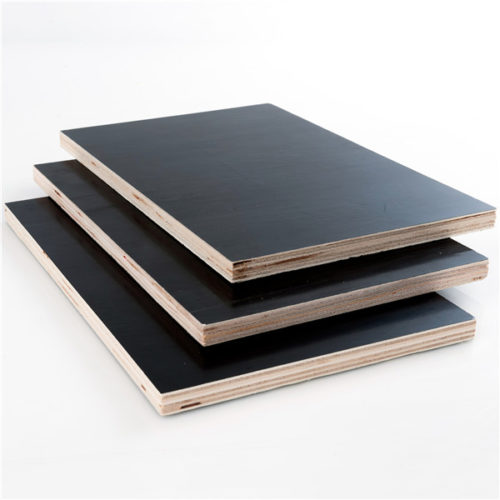
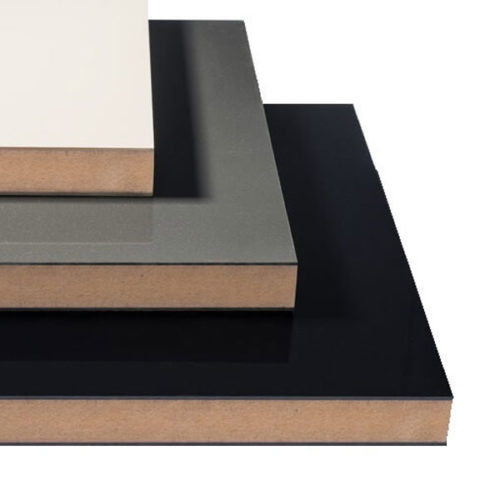
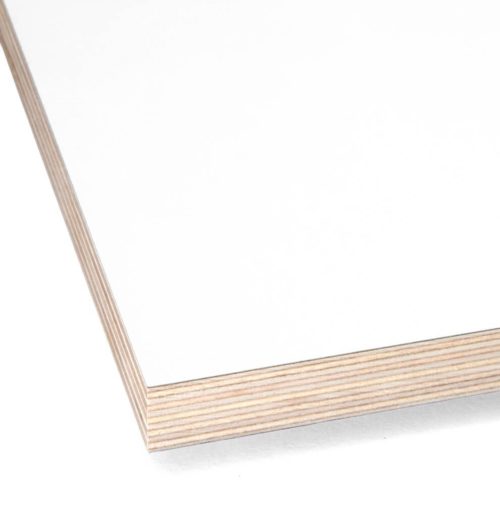
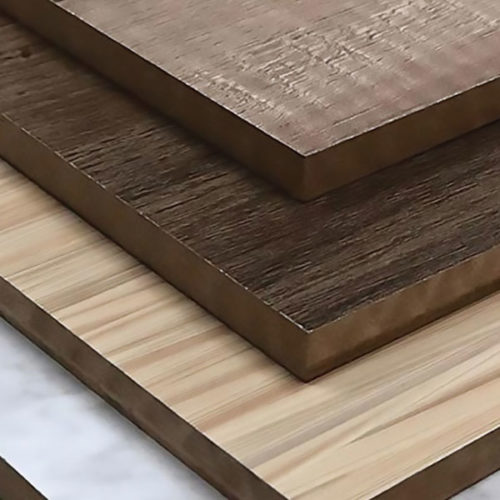

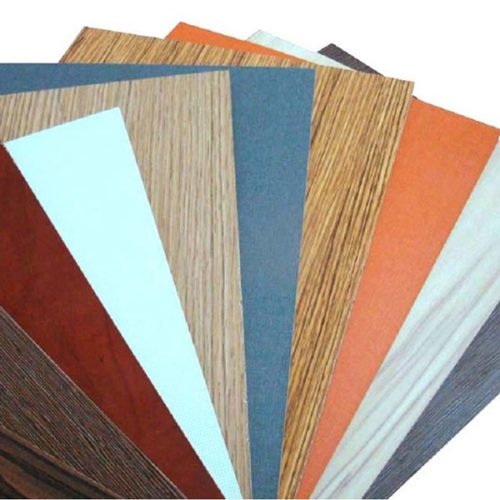
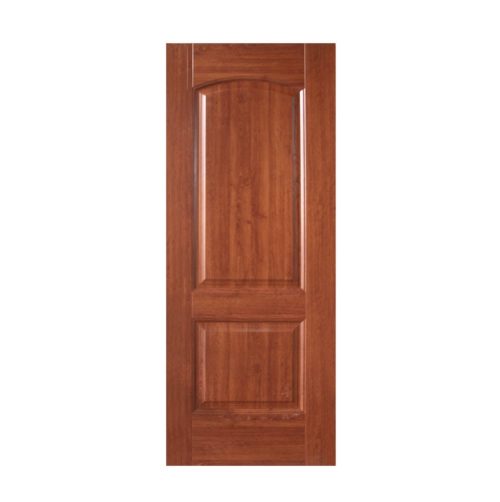
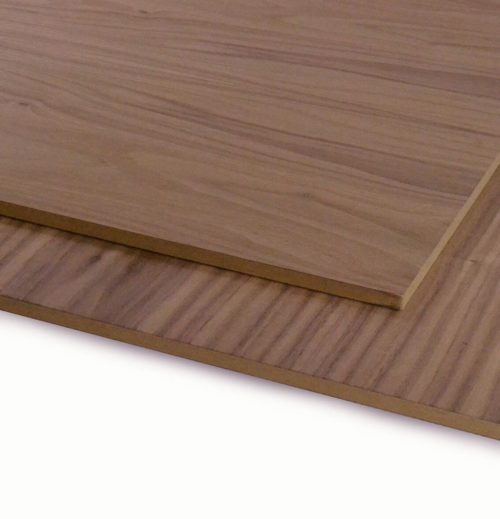
Get Social